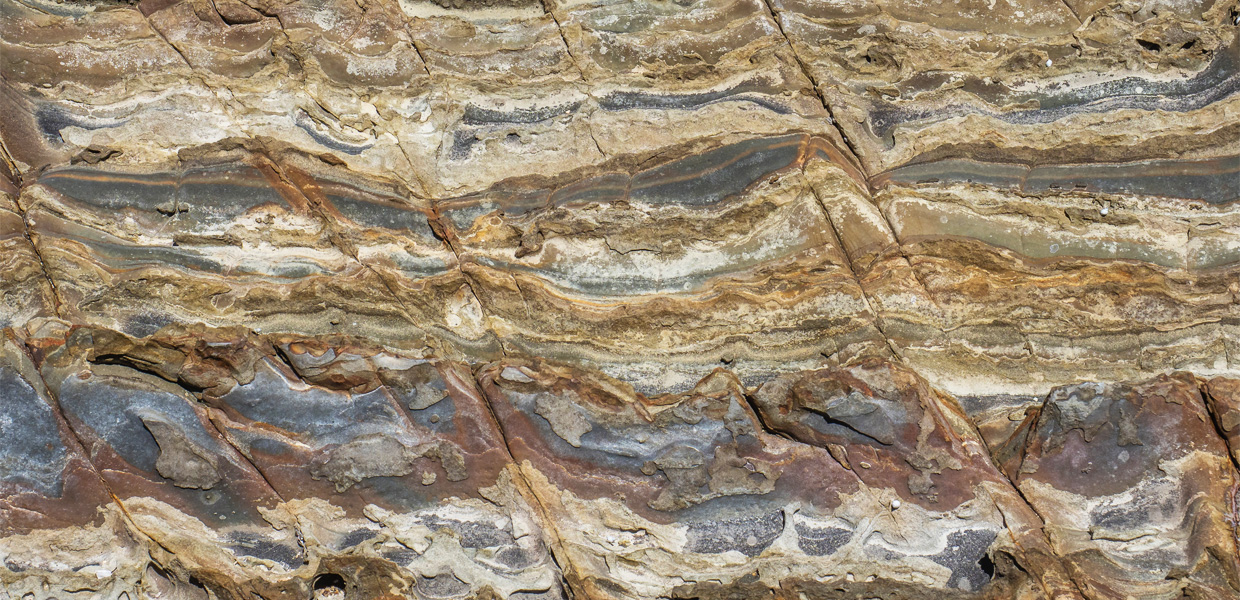
The materials
Working in conjunction with Britannicus Stone, a company that is passionate in its support of British stones and marbles and which enjoys exclusive access to many of the quarries, Chesneys has chosen a range of materials to suit both traditional and contemporary interiors.
Most of the materials are given the soft appearance of a honed finish, although in some cases a higher polish is applied to enhance the colour and veining in the material. As no two blocks of marble from the same quarry are the same, it must be understood that images of the different materials are indicative only and there can be significant variations.
What can be guaranteed however is that every fire surround from The British Materials Collection that we manufacture is as unique in its appearance as an original Work of Art.
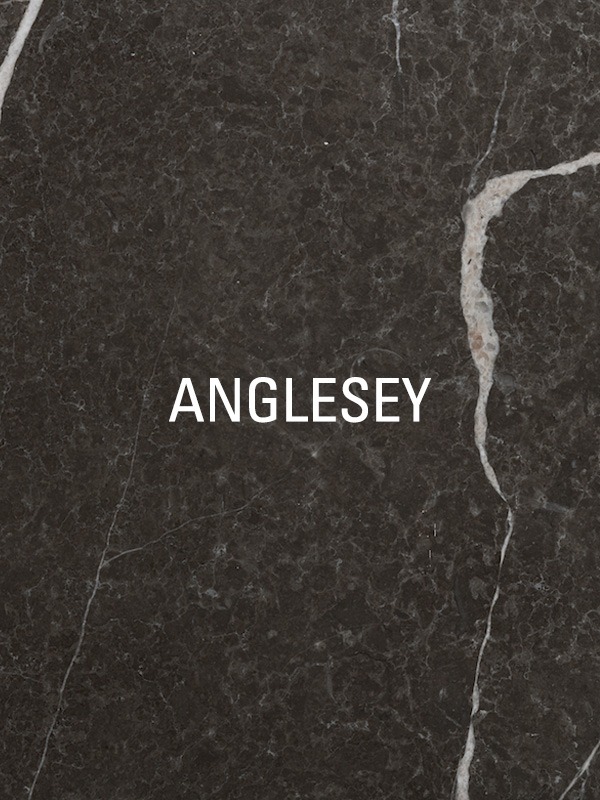
The island of Anglesey sits off the northern coast of Wales. During the 18th century it had several active quarries along its northern coast but today only one active quarry remains, yielding a beautiful mid grey carboniferous limestone with fine calcite veining, known as Anglesey marble.
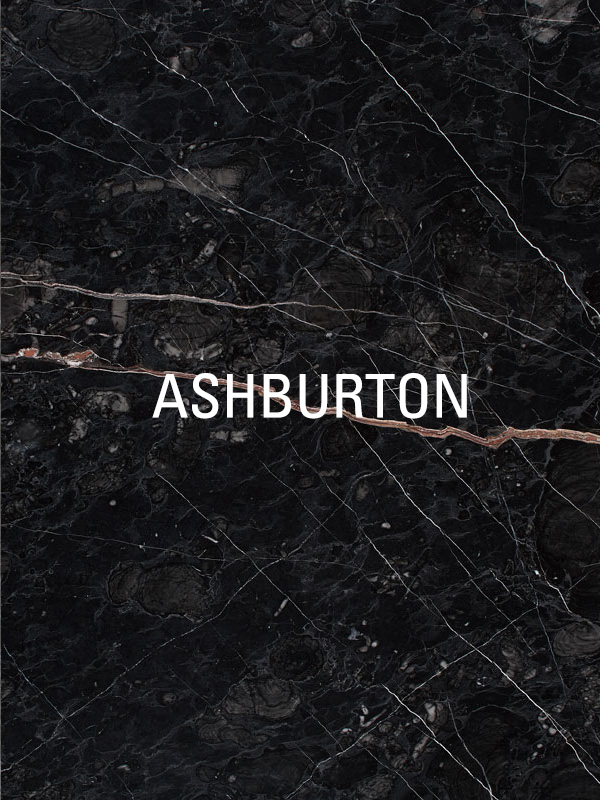
Probably the most well-known and widely used indigenous British marble, Ashburton has been quarried for centuries, enjoying popularity both domestically and internationally.
Polished and worked by masons in the area of Torquay, Ashburton was widely used throughout the West Country in churches and country houses and was a favoured material in the design of chimneypieces throughout the 18th and 19th centuries. The material displays a dark grey background with swirls of coral fossil and white or pink calcite veins.
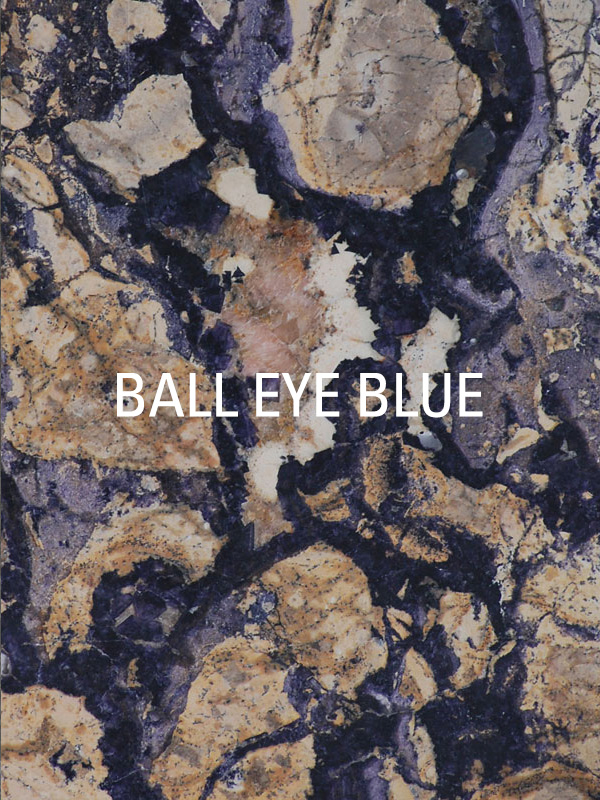
Ball Eye Blue is one of the rarest and most beautiful of British materials. Quarried in small quantities in Derbyshire, it stands comparison with the most exotic and prized European marbles.
Ball Eye Blue comprises a rare vein of Fluorite conglomerate, not dissimilar to Bluejohn. The vein in the marble ranges in colour from amethyst at the outer edges of the deposit to a vivid royal blue at the centre, creating a striking and unique appearance that is reminiscent of a semi-precious stone.
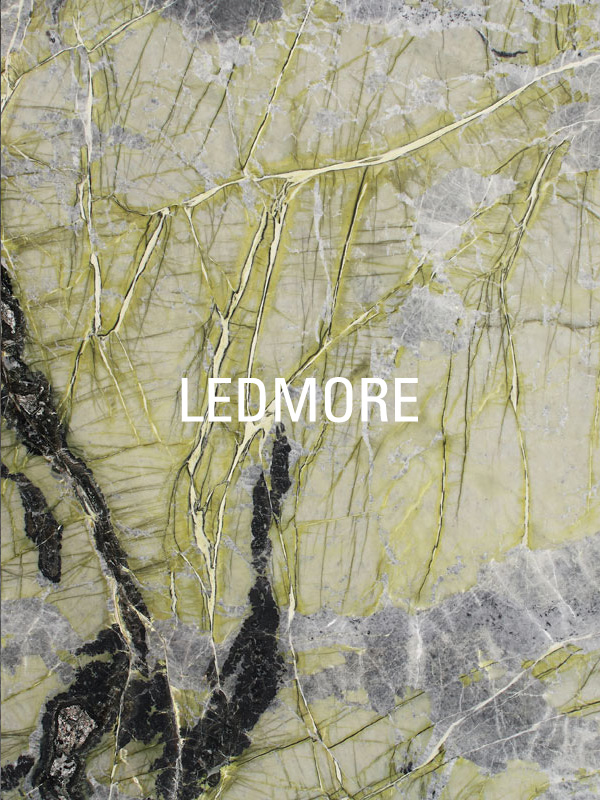
One of the most extraordinary and beautiful British marbles, Ledmore is quarried in the North West of Scotland. The initial deposits were formed 600 million years ago but the veining in the material is more recent, dating back 430 million years.
Ledmore is a stunning material which combines white calcite and gentle lime green veins, the latter originating from copper compounds, with contrasting grey and black veins. Entirely unique in its appearance, there is no other marble to be found anywhere that comes close to resembling it.

Moorcroft is another stone that is found in the West of England. Quarried in Plymouth, this beautiful grey stone displays gold, pink and white mineralization, creating unique and dramatic patterns. Less well known than its neighbouring Ashburton marble, Moorcroft combines a palette of colours that are harmonious with a strongly abstract quality.
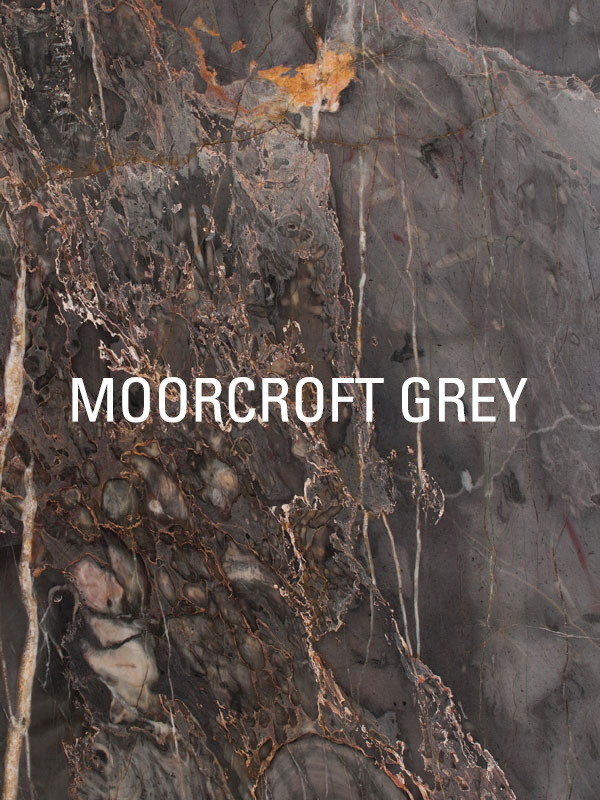
From the same quarry as Moorcroft Cartoon, Moorcroft Grey presents a more understated appearance than its twin material, with a soft grey appearance displaying highlights of gold, pink and white mineralisation.
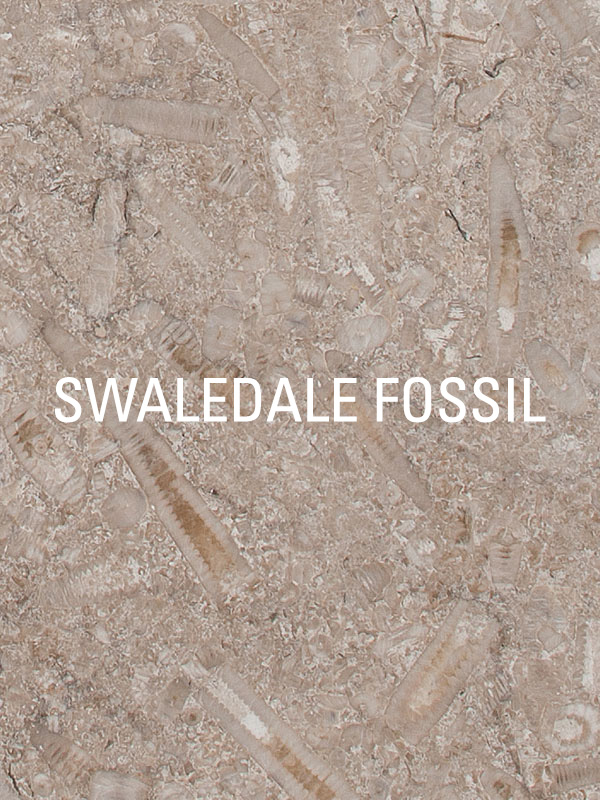
Quarried in North Yorkshire, Swaledale is a Crinoidal limestone that displays an abundance of clearly formed large fossils that are brought to life when the material is polished.

Stoneycombe is another Devonian marble. At the time it was formed, around 370 million years ago, Devon lay beneath a shallow clear water tropical sea, where and corals and crustaceans thrived. Fossils of the marine life are seen in the material, which combines soft pinks, light reds and cream coloured calcite veins with hints of grey in a subtle combination of colours.
